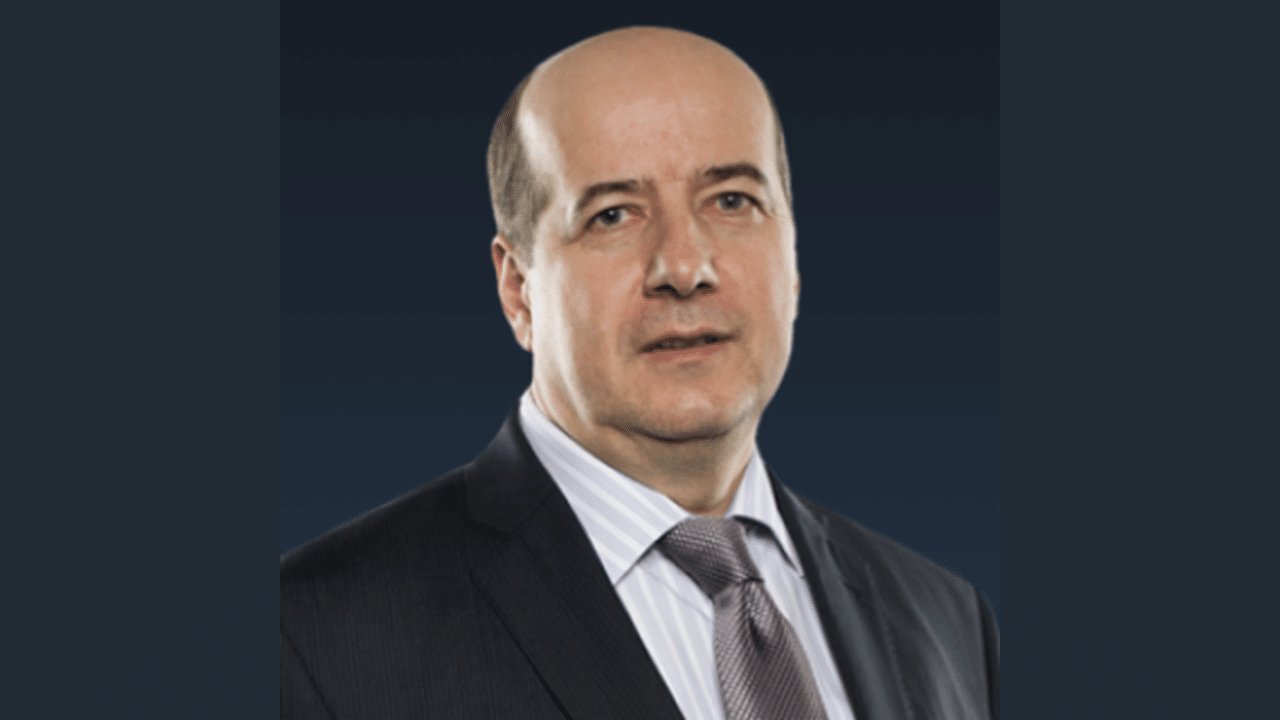The need for a renewed security architecture in Europe has prompted increased reliance on actionable geospatial intelligence, which SatCen remains committed to provide.
Thirty years ago, European nations decided to establish an autonomous geospatial intelligence analysis capability. The Spanish Government offered to host this Centre in Torrejòn de Ardoz, in the region of Madrid, and SatCen thus became the first European agency in Spain.
For the first ten years of its existence, the Centre functioned as a Western European Union entity, becoming a part of the European Union in 2002. Today, it is the EU’s prime provider of geospatial intelligence analysis, as an intergovernmental agency of all the EU Member States.
The EU High Representative Josep Borrell (HR/VP) refers to the Centre as the “eyes of Europe”, because “through this Satellite Centre, in Europe, from Brussels, in all capitals, we see what is happening”.
Heightened Security
SatCen’s core mission is, in simple words, to provide “security from space” through trustworthy, reliable, timely geospatial intelligence analysis. It also supports “security for space, or in space” through its function as the front desk of the European SST Consortium.
In general, the Centre provides autonomous analysis services for decision-makers in the EU. It supports situational awareness, especially in crisis regions around the world, but also for long-term WMD non-proliferation efforts, humanitarian or crises management missions, disaster relief, refugee contingencies, border security, or the monitoring of irregular migration, to mention just a few key areas of its activity.
The Centre supports EU civilian and military missions across the globe, from the Horn of Africa to the Sahel, and from the Mediterranean Sea to Georgia. Based on the mandate from the Council of the EU, it also supports international partners such as the UN, the OSCE, and the OPCW.
SatCen maximizes synergies with Commission services and agencies, with EDA and ESA, on activities related to security, defence and space. It is entrusted with the support for external action within Copernicus, the EU’s own global, space-based earth observation program.
It was already the original intention at the set-up to provide complex and actionable geospatial intelligence analysis, by exploiting satellite imagery and other relevant data. Today, SatCen covers the full spectrum of European interests, from political planning and operational decision-making, to supporting external action in missions and operations.
Being one of the few operational entities in the EU working for security and defence, SatCen is an institution shaped by its innovative roots, similar to a start-up. This spirit has survived up to today, keeping SatCen at the cutting edge of technological developments.
Constant Evolution
The key focus in the last years, has been to align the Centre’s evolution with the EU developments and evolving priorities in the fields of space, security and defence. As a result, the volume of activity has increased about 10-fold in a bit more than a decade, with high acceleration, especially in the last four years.
This steep evolution is enabled by rapid technological development. The SatCen analysis work benefits from matured markets with sophisticated supplier services, a drastically increased volume of satellite data with higher resolution from electro-optical sensors and enhanced quality from multi-spectral radar satellites.
The SatCen is gearing-up its development under the influence of three main driving forces: the increased EU level of ambition in the security, defence and space domains; the high user demand and technological innovation. The technological evolution progresses along three main axes.
The first axis represents the automatic extraction of information from satellite images, essential to handle the drastic increase in data volume.
The second axis describes how geospatial intelligence providers and their users access satellite imagery and related analysis products, with secure integrated digital platforms being the service hub of the future.
Finally, the third axis describes synergies between different space systems and technologies from other domains. For example, the new initiative for global secure governmental communication users could enable CSDP teams deployed in remote areas to access analysis services in near-real time. Combined with the geo-localization offered by GALILEO and its Public Regulated Service, new value-added services for final users become possible.
Already today, it is SatCen’s special expertise to combine analysis of satellite imagery with complementary data from air and ground sources as well as from open sources. The Centre employs modern Information Technology (IT) and Artificial Intelligence (AI) tools in order to empower and amplify unique human expertise.
Unique Challenges
The new IT tools help to pre-define certain areas of interest, to set up semi-automatic alert services, and integrate first-level analysis from commercial providers and other partners, which in turn help the dedicated specialists to focus on the most value-added parts of the analysis chain.
This way, SatCen manages to provide more, faster, and better analysis to all its customers, improving their situational awareness on the basis of the Centre’s operational support services.
Both the COVID pandemic and the Russian aggression in Ukraine have determined the increased use of space-based geospatial analysis capabilities, proving their value in times of crisis, especially when ground access and mobility are severely impacted.
The European Union is increasingly taking over more responsibility for its own security and in the field of defense. The Centre is ready to meet these new challenges and to continue its close and trustful collaboration with its partners. It is our mission to provide comprehensive situational awareness and to match the EU´s increased ambitions in external action, as reflected in the Strategic Compass.
Disclaimer: Views Expressed are Author's Own. Geospatial World May or May Not Endorse it











